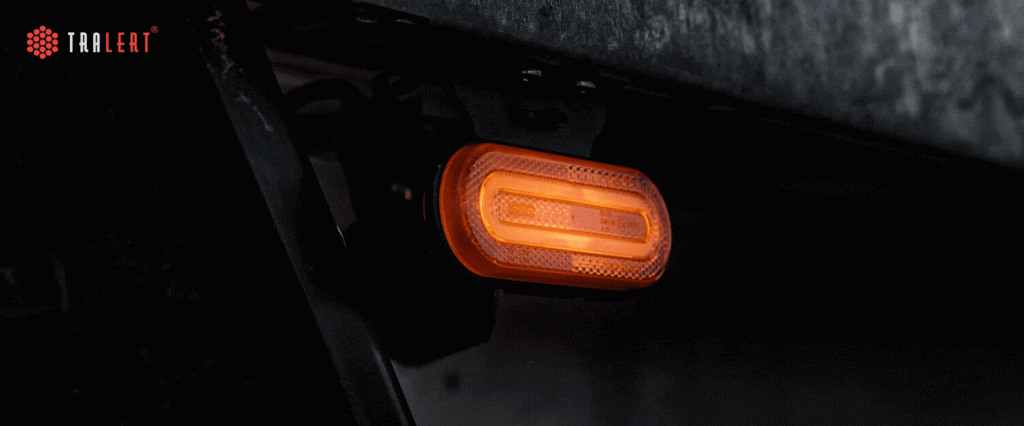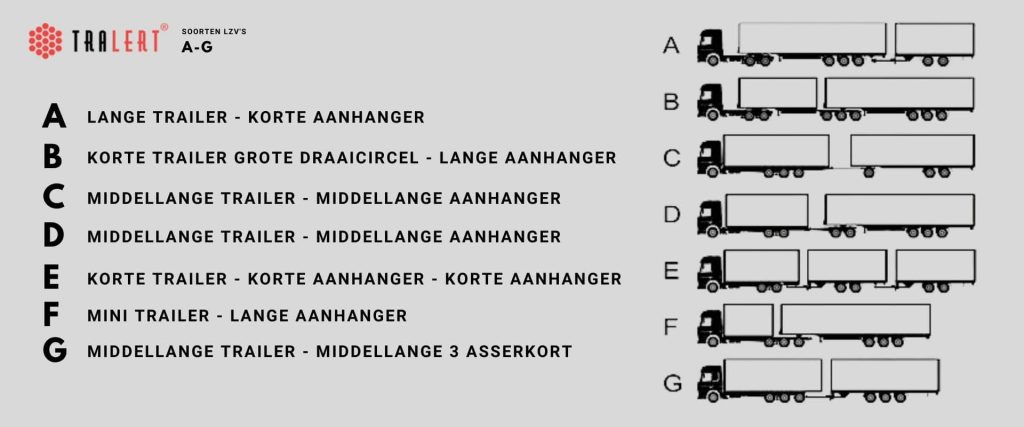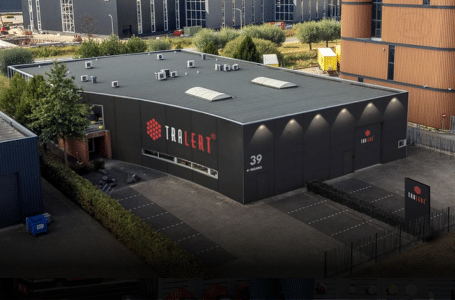If you operate as a transporter or bodybuilder, you are probably aware. Flashing side marker lights are now mandatory on trailers and trucks in Germany. This is to increase the safety of long trucks (LHVs) so that drivers can safely turn while driving in Germany. The safety system is known as the "turning assistant" or in German, the "Abbiege-Assistent. These rules are in effect for "long heavy trucks," also known as "LHVs. Carriers have until July 2022 to install this system on their trucks and trailers. The flashing marker lights are part of this safety system and are required to more clearly inform other road users of the direction a long truck is going.

What is a rotation assistant?
A turn assist system, also known as a turn camera or turn assist system, is a technological feature designed to significantly reduce the number of accidents, especially involving pedestrians and cyclists, caused by turning trucks. These systems are designed to reduce the dangers of the so-called "blind spot. The blind spot is the area next to a vehicle that is invisible to the driver, even with the use of exterior mirrors. The purpose of a turning assistant is to reduce the risk of accidents. Indeed, in urban areas in particular, where pedestrians and cyclists are often in close proximity to large vehicles, unnecessary accidents occur.
How does a turning aid system work?
A turn assist system, also known as turn assist, is an advanced technological tool that increases safety when making turns with large vehicles, such as trucks and buses. The system uses sensors, such as cameras and radars, to minimize the blind spot next to the vehicle. It is activated when the turn signal is used or when the vehicle slows down, and alerts the driver visually and acoustically if objects or road users are detected in the blind spot. This reduces the risk of accidents when making turns, especially in urban areas where pedestrians and cyclists are often near large vehicles.

When is my vehicle an LZV?
A vehicle is considered a Long and Heavy Vehicle (LHV), also known as an "Ecocombi" or "Gigaliner," when it meets certain dimensions and weight limits. An LHV has a maximum length of 25.25 meters and a weight of 60 tons. In comparison, a regular truck has a maximum length of 18.75 meters and can weigh (in the Netherlands) up to 50 tons. The advantage of LZVs is that they can carry more cargo without consuming significantly more fuel, resulting in significant fuel savings of 30% to 40% when transporting goods. There are seven possible variants of LHVs (designated A to G), with variants F and G being less common. All vehicles from variant A to G require flashing side marker lights to improve visibility and safety.

Will the Netherlands adopt these rules? Or is something already known about this?
In the Netherlands, there is no talk yet of introducing such a system on long truck/trailer combinations. However, the turn assistant is allowed. We do not yet see this application much in the Netherlands. Also, the rules for trucks do not (yet) apply to Dutch transporters driving an LZV vehicle in Germany. In Germany, you may simply continue to drive a Dutch truck without flashing side marker lights because EU legislation is central to European roads. Germany may therefore not refuse an LHV from another EU member state. However, it is always safer to have them flashing. Pretty stylish, too, if we do say so ourselves.
Would it be cool to have the side of your trailer flashing dynamically?
In our case, we will check with the RDW whether this is a possibility. It would be a really unique addition. Think of the dynamic turn signal strip
mounted in multiples on the side of your truck and trailer.
When will these rules be deployed Europe-wide?
Based on the rules for turning assistance systems established in 2019, the European Commission has proposed to make turning assistance systems mandatory for new vehicle types and for all new trucks and buses produced from 2024 onwards. This is an ongoing process.

